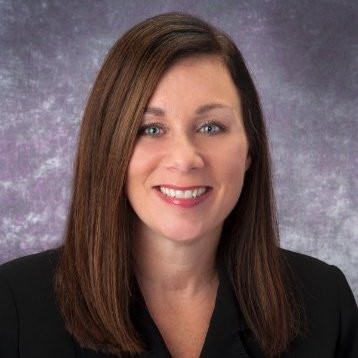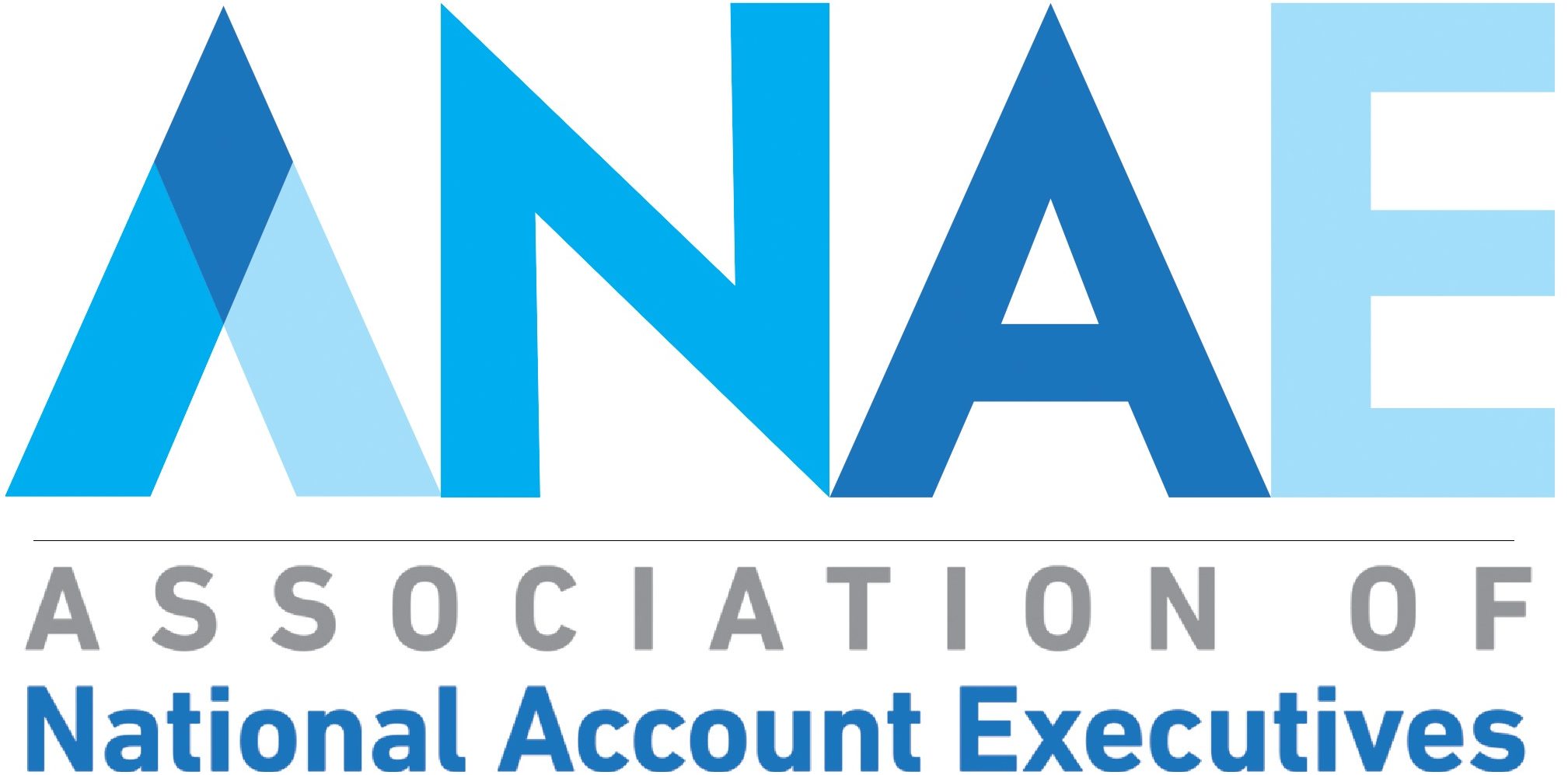
Mary Beth Lang shares best practices for suppliers in both the current environment and the future
September 2, 2020 – Written by Mary Pritchard
Mary Beth Lang, chief supply chain & procurement officer for Kaiser Permanente, joined ANAE’s John Pritchard on a Supply Chain Leader Learning Series webinar to share her priorities and how she views the U.S. healthcare supply chain’s response to the COVID-19 pandemic.
She shared insights into priorities of supply chain, as well as specific ways ANAE members can develop more successful relationships with supply chain executives.
Lang, a pharmacist by training, began her career as an operations leader for the University of Pittsburgh Medical Center (UPMC), where she was responsible for pharmacy operations, product development, and assorted projects. A few years later, she joined Amerinet (now Intalere), starting in pharmacy and leading sales for a third of the country. Soon after, she moved into business development and supply chain and started her own data company. To boost her credentials, she went back to school and earned a doctorate in Information Systems & Communications.
The degree eventually led her back to UMPC – this time in the supply chain. She was quickly given the opportunity to run the UPMC Pharmacy Supply Chain Department for the next few years. But it was through her next position with a data analytics company, Pensiamo, that she connected with Kaiser Permanente.
About Kaiser Permanente
Kaiser Permanente currently has 39 hospitals, 715 medical offices, 12 million health plan members, 23,000 physicians, and 63,000 nurses. Kaiser Permanente is in 9 states with $84B in topline revenue, and 2,700 people in the supply chain department. Lang said Kaiser Permanente has about $2 billion to $2.2 billion to spend through diverse suppliers. The diverse suppliers are important because Kaiser Permanente is very community minded. The goal is to create over 10,000 new jobs within local communities through Kaiser Permanente, “because when the local community is strong, everyone in it is stronger,” she said.
When asked about the importance of clinicians in supply chain, Lang said, “Clinicians can instill what it means to be on the front lines. It really does help the entire supply chain team… I see the value of being a clinician, but also the value of having supply chain experts.”
Big Shoes to Fill
Lang had big shoes to fill coming into a well-run supply chain organization like Kaiser Permanente. One of her top priorities was to ensure Kaiser Permanente had a good digital footprint and was customer/member friendly for the department’s stakeholders.
Lang talked about goals such as: “How do we expand the reach of category management? How do we look at technology different? What do we need to do to make sure we have the right supply chain environment?”
Another primary goal was to develop and launch Kaiser Permanente’s procure-to-pay solution, VidaPay.
Future Preparedness
A few years ago, when the Ebola virus was identified as having the potential to become a global pandemic, Kaiser Permanente acted quickly and set aside a sizable reserve of supplies – mainly personal protective equipment (PPE). But, Lang said, the amount stored away for Ebola was nothing compared to what they anticipated needing for COVID-19.
They were right.
In February, Kaiser Permanente secured supplies from China and generic drugs from India in preparation for the global pandemic. The supply chain team was proactive about the situation and put orders in quickly with some advanced buys. They anticipated an increase in demand by patients who would want their medicine earlier than usual. When the pandemic hit in early March and Kaiser Permanente went fully virtual for a few months, many questions came to the forefront, Lang said.
Questions like, “When are we ready to reopen, how can we make sure our small and diverse suppliers are also ready to open with us? How do we ensure a secure supply chain from China and India?”
Working with Suppliers During a Crisis
Kaiser Permanente had many suppliers approach them, purporting to have scarce supplies that were in high demand during the pandemic. Vetting these new and often unknown suppliers proved challenging. “How do we take in all the responses?” she said. “We were getting an e-mail a minute, trying to sell us supplies.”
Lang said they were fortunate to have reacted as early as they did to the oncoming pandemic. “We started to look for gloves in February because we anticipated they would become one of the shortage products,” she said.
“That type of advanced learning is something you want your team to really be able to do.”
